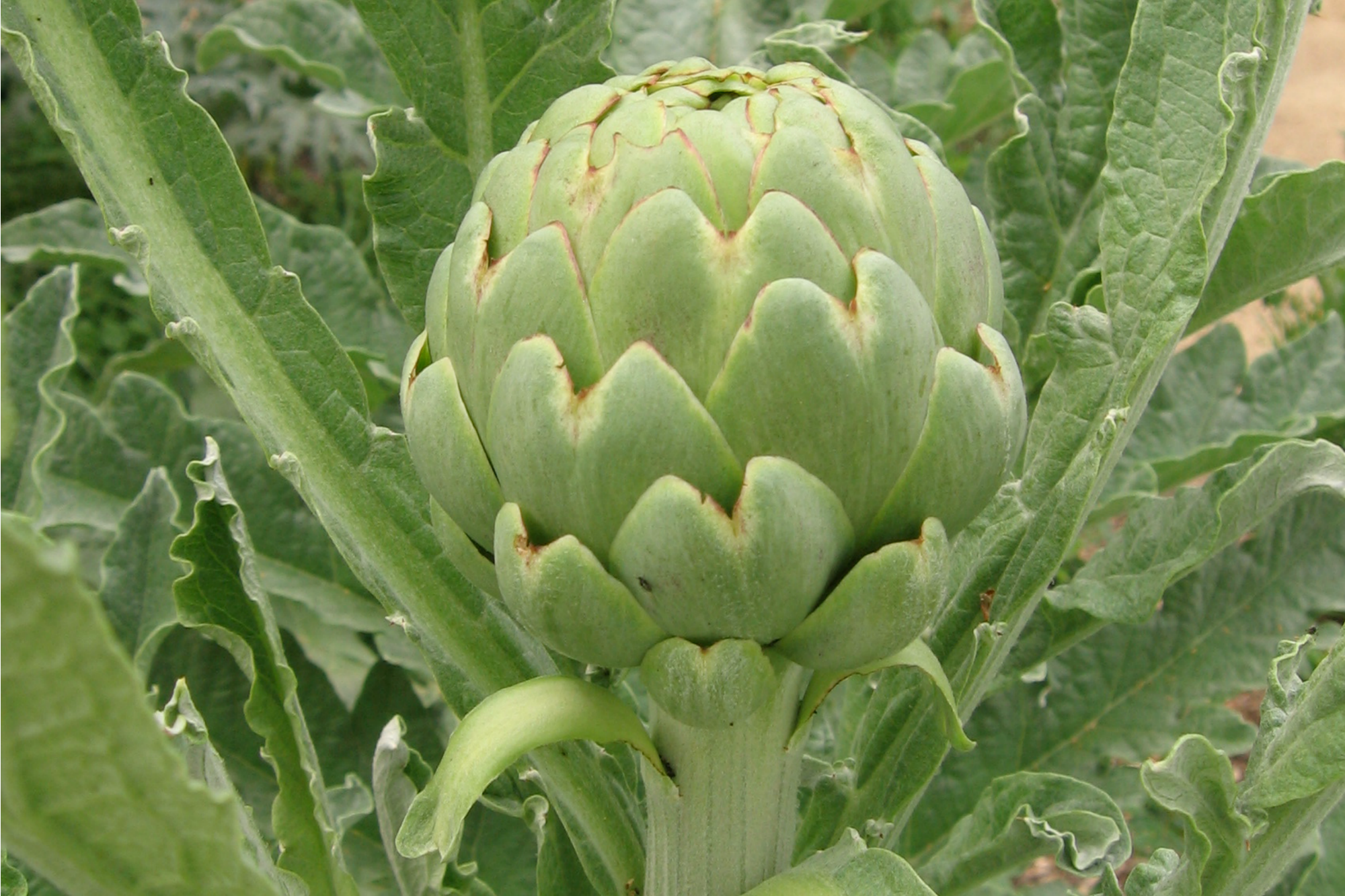 Although expensive at the store, artichokes are quite easy to grow if you live in the right zone. In zones 8-9, artichokes grow year round, become dormant in the winter, and then return in spring. In other zones, artichokes must be grown as an annual. Check at a local nursery to see if they are sold, which is often a good indication of if they can be grown in your area.
Although expensive at the store, artichokes are quite easy to grow if you live in the right zone. In zones 8-9, artichokes grow year round, become dormant in the winter, and then return in spring. In other zones, artichokes must be grown as an annual. Check at a local nursery to see if they are sold, which is often a good indication of if they can be grown in your area.
Artichokes arrive at nurseries at the beginning of the year as dormant roots or small plants in 1 gallon cans. This is the best time to buy as they are the least expensive. Prices begin to rise in spring, because of space, water and fertilize cost. If you cannot find artichokes as roots or plants, you may be able to grow them from seed. This can take anywhere from 150-180 days total. Start indoors 6-8 weeks before last frost in your area. Order early from a seed catalog (fall).
Water regularly during the growing season with deep water at least once per week.Deep watering means allowing water to slowly percolate the soil and reach the roots. Avoid using sprinkler water, as this will not give your plant sufficient moisture.
Keep an eye out for aphids which arrive in spring to feast. Spray them off with blasts of water. Another pest to watch for are gophers. If you live in an area where you suspect gophers may invade, prevent their consumption of your ‘chokes by creating a raised bed lined with hardware cloth, or plant in large containers.
When harvest time arrives, your mouth will be watering! Fresh artichokes are scrumptious! To harvest, cut 1 1/2″ below the bud when buds are tight. Use caution (and gloves) as they are armed with thorns. Bring your harvest inside and soak in a large pot of water for about 15-20 mins. This helps remove any aphids inside the flower.
When you eat an artichoke, you are essentially eating a flower bud. In fact, if you forget to pick your artichokes, you will be rewarded with a beautiful purple (but quite thorny) flower. If you have a lot of artichoke plants, you can harvest buds when small (2″ big) and make baby artichokes. Check out this link from ocean mist for more information on how to prepare them.
In many cases your plants will give a second crop of artichokes. After harvesting the last artichoke, cut off the main stalk 1″ above the ground. New sprouts will grow and produce more shoots and more artichokes. After harvest, leaves will begin to yellow. When this happens, cut off old stalks near ground level. In cold winter areas, cut tops to 1′ tall, tie them over the main crown of the plant and mulch heavily.
Artichoke: Cynara scolymus
USDA Zones: 8-9
Height: 4′
Width: 6-8′
Sun/Shade: Full Sun
Water Requirements: Regular water.
Plant Spacing: 4-6′ apart
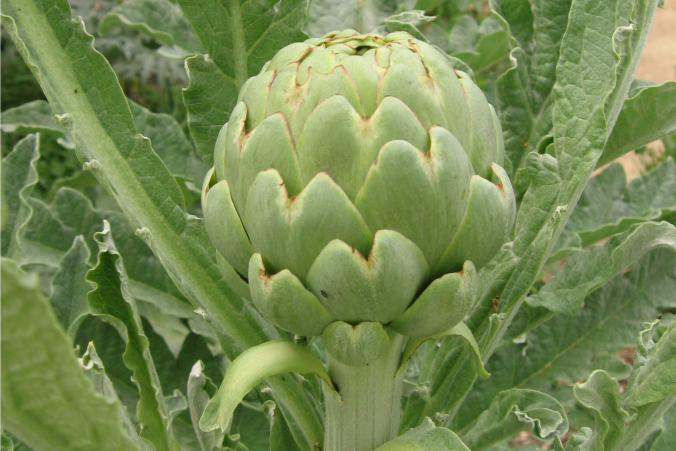
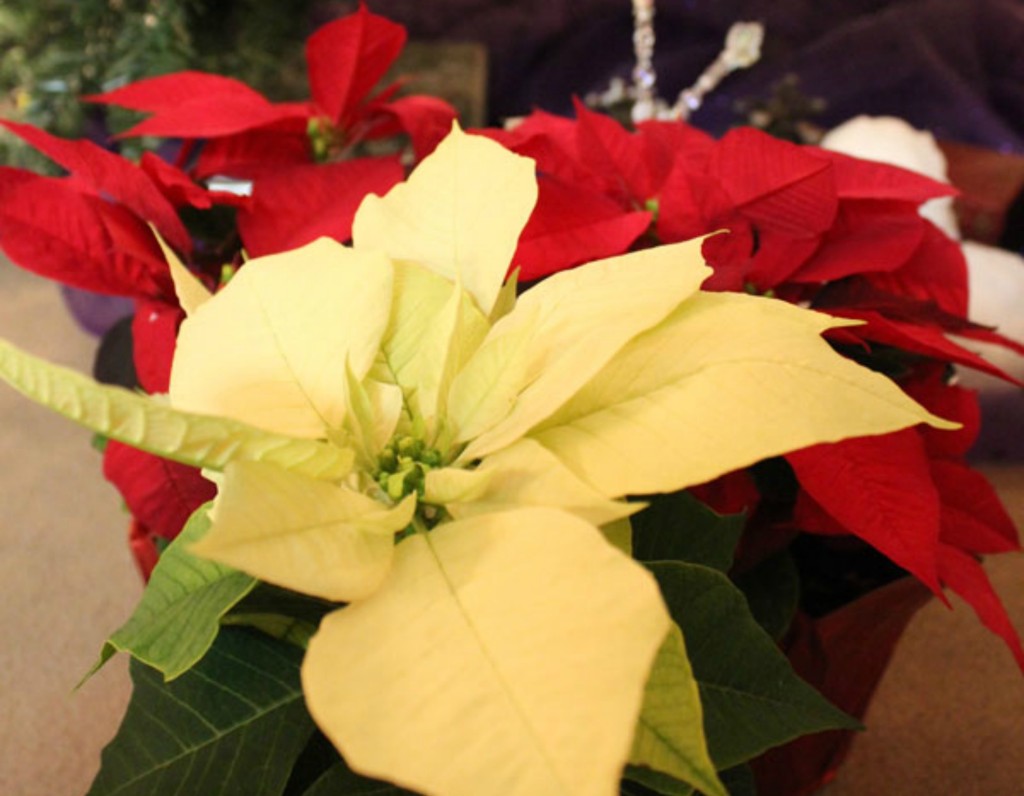

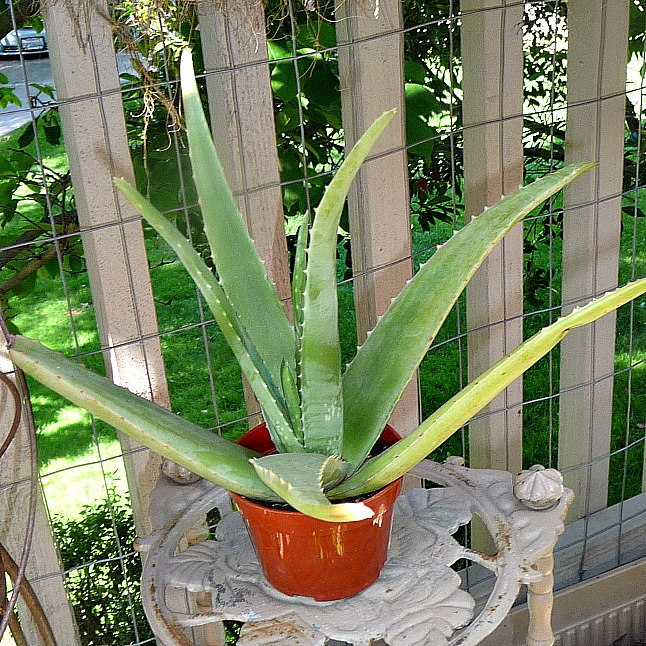

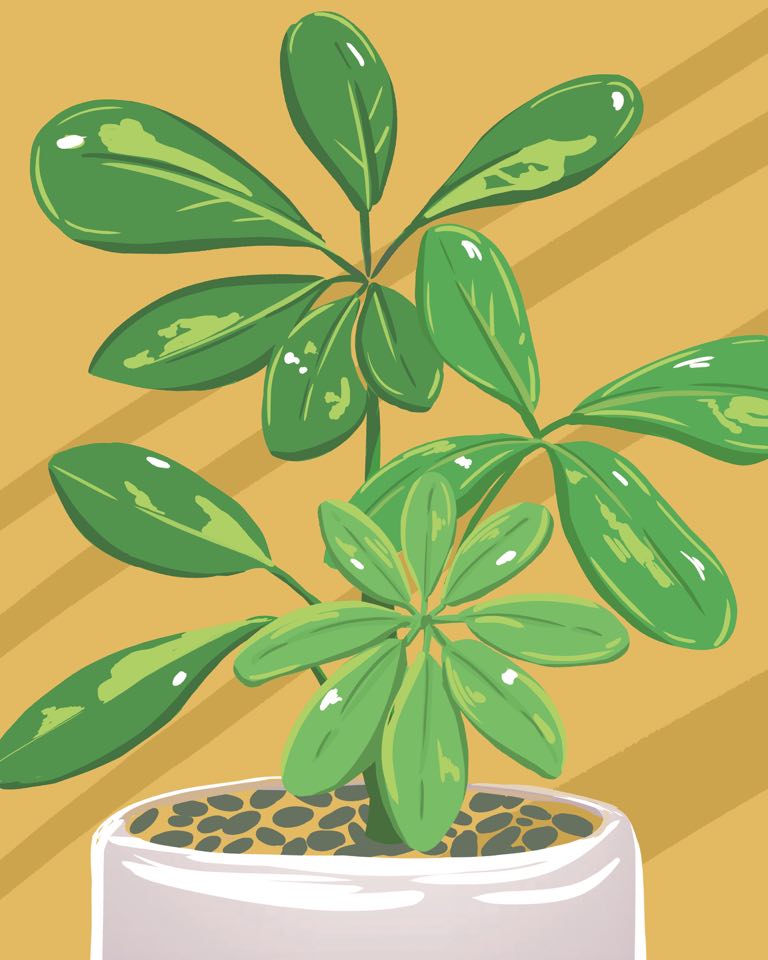
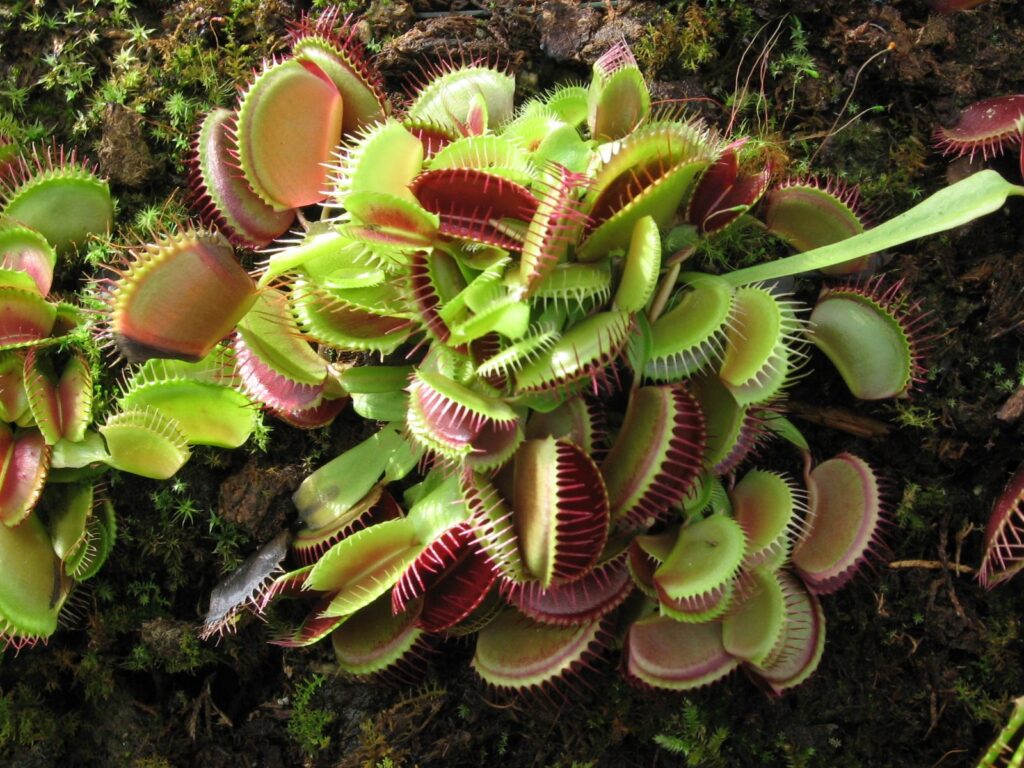
Leave a Reply